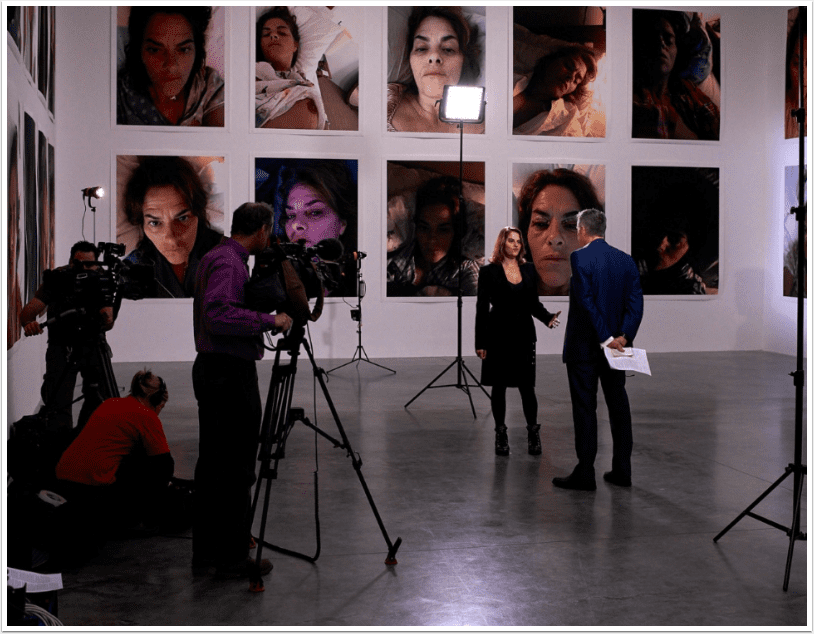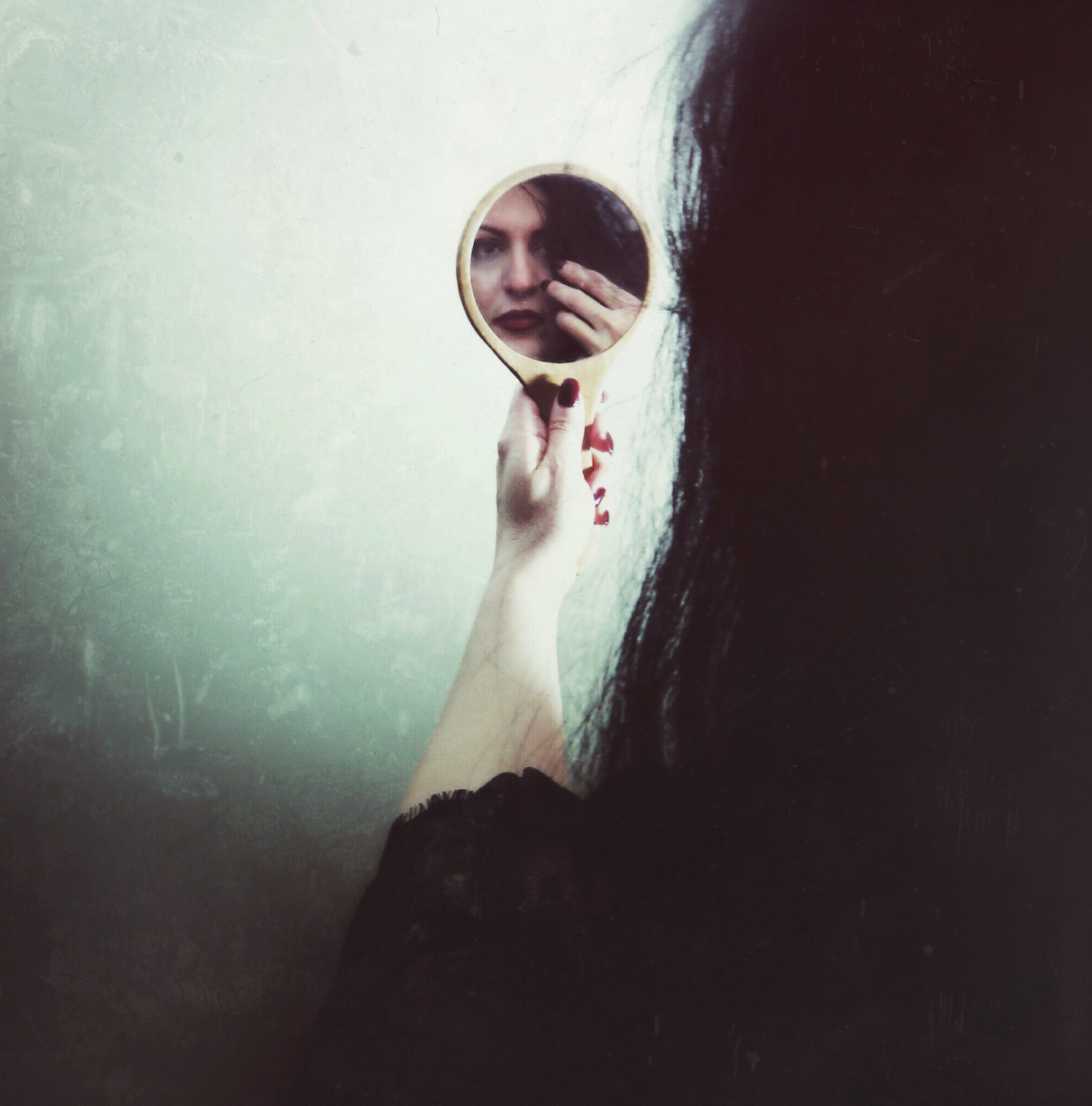Dreams From The Digital Darkroom – Interview with Co-creator of Photoshop – Thomas Knoll
On February 19, 1990, an unknown software product called Photoshop arrived on store shelves, offering entirely new ways for professional photographers and designers to modify and create digital images. At the time, its creators could never have imagined just how influential Photoshop would become, eventually being used in industries as diverse as publishing, advertising, fine art, web design, film, medicine, law enforcement, fashion, government, video games, and countless other fields.
This interview is with Thomas Knoll who co-created Photoshop with his brother, special effects pioneer John Knoll, about the worldwide phenomenon that the brothers’ team effort has grown into and just how, exactly, it all began, twenty-five years ago…
You’re known for having a longstanding interest in photography. When did that begin?
Thomas: My dad gave me a camera for my eleventh birthday, I believe, around 1971. It was an Argus Rangefinder, and we had a darkroom in our basement where he taught me how to develop the film. So I basically became an amateur photographer from that point on.

When did your interest in computer programming start? Was that a parallel hobby alongside your photography?
Thomas: Well, my computer programming probably started around 1975 when I was 15, and our high school had a couple of teletype machines interfaced with a timesharing computer running BASIC. Some other kids and I taught ourselves how to use it, and by the time I was in the eleventh grade, I got a job at a company called MDSI that made software for numerically controlled machine tools, and I ended up doing pretty well there. Finishing high school and all the way through undergraduate university, I worked about half time during the school year and full time in the summers as a professional computer programmer. But I was self-taught and didn’t actually take any computer programming classes until I was in graduate school.

So how did these two parallel interests of yours somehow come together and give rise to Photoshop?
Thomas: When I was in graduate school I was focusing on something called computer vision, which is the process of teaching computers how to understand images. A computer can be programmed to look at an image and conclude, “Oh, that’s a lamp up there,” but the first step in many computer vision algorithms is tracing edges through image processing. As part of my PhD research, I had a good time writing a number of utilities programs that could do image processing on my Macintosh, which could only display black and white images by producing little dither patterns to simulate gray levels on the screen.
Meanwhile, my brother, John, had a job at Industrial Light and Magic doing analog image composition, but ILM had also begun doing some preliminary experiments in digital processing. They had a scanner that could scan in frames from a movie, digitally process them, and then write the images out to film again.
My brother saw that and had a revelation. He said, “If we convert the movie footage into numbers, and we can convert the numbers back into movie footage, then once it’s in the numerical form we could do anything to it. We’d have complete power.” With digital, you can change every pixel into anything you want, and you can perform any operation with the film footage that you can imagine. Then he said, “This is the future of special effects in movies,” and decided to teach himself computer graphics in his spare time.

So your brother also worked as a programmer for the initial Photoshop prototype?
Thomas: He wrote some very basic rendering programs—and later developed Photoshop’s plugins—but he’s more of an artist type and I’m more of a technical type, so I told him to take all of the image-processing utilities that I’d already written so he could just focus on developing the core rendering process and wouldn’t have to worry about displaying images or manipulating different file formats.
I gave him all of those tools, but he came back and said, “It’d be nice if you could combine all of these into a single application, so I don’t have to switch back and forth all the time.” I spent a while working on that, and then he pointed out that some of the computers he used had different gammas in their display, so the new combined software application had to also be able to adjust the gamma of an image—and that reminded me of my darkroom days, where I used chemistry, different kinds of paper, and various adjustment knobs on the equipment to change images’ brightness, contrast, and so on. Through thinking about how all of those tools worked, I came up with the “levels” dialogue, inventing that as the first major adjustment feature of our new software application, which soon came to be called Photoshop.

Is it safe to say that Photoshop was just as inspired by film special effects as photography?
Thomas: Yes. Photoshop 1.0 and the first several versions weren’t really tools for photography, not only because there wasn’t appropriate hardware available in digital cameras but, more importantly, because there were no digital printers. The only real way to get a photographic-quality output from Photoshop back then was to create four-color separations on film and take them to a printing press, where the first copy of your photograph might cost you $2,000, and it would cost the same to print a second photograph, since printing presses will just keep on generating the same photograph until you change the plates. If you want to print a roll of 35 millimeter film, you’re talking $35,000, $40,000 dollars.
So Photoshop 1 was primarily aimed at the publishing markets and graphic artist markets. But inkjet printers enabled a real photography workflow to begin, because photographers could scan film in, manipulate it in Photoshop, and then print out the images with an inkjet printer. Then that really exploded when digital cameras came out, and it suddenly became very easy to get lots of images directly into Photoshop.

During the late ’80s, after you developed Photoshop 1.0 and pitched it to different companies, you received rejections from a number of them. Why were companies not seeing the potential?
Thomas: Quite a few said they were working on similar projects and didn’t want to look at it for competitive reasons. Others said it didn’t fit their lineup. When we did the demo at Adobe, though, it really clicked with them. They understood its potential, and it fit in very well with Adobe’s existing product line.

How do you think Photoshop has influenced the development of digital photography over the last twenty-five years?
Thomas: Photoshop was a product ahead of its time. When it first came out there weren’t a lot of ways to get images out of it or into it, but it was shipping and available. Meanwhile, the Web became popular in the early ’90s. Website creators needed to process relatively small images and compress them and make them look good, and that’s where Photoshop came in. Then came inkjet printers, as I said, followed by the arrival of digital cameras. I don’t think digital photography would have become as popular unless there was already a way to print and process the images.
From the perspective of being an amateur photographer, do you think Photoshop has made it too easy for practically anyone, regardless of their actual talent or skill, to produce great photos?
Thomas: There are all types of photographers, and some will edit and others won’t. For some, removing things from a photo would be considered cheating. I was a traditional amateur photographer who started out using a darkroom, and I was pretty good at it. But when digital cameras came out, I purchased a great one and started all over again. I have my own rules as to what’s legitimate or not, and I’m sort of in the middle of the photography purist range when it comes to that. I personally often remove things from images that I find distracting.
But beyond digital photography, it’s simply impressive to watch people use Photoshop to modify images or create artwork from scratch in ways that I never would have imagined. Photoshop has so many features that make it extremely versatile, and there are artists in the world who do things with it that are incredible. I suppose that’s the nature of writing a versatile tool with some low-level features that you can combine with anything and everything else. It’s the beauty of Photoshop.
What does the future of Photoshop look like?
Thomas: There will always be a constant evolution of computer hardware. The rate computer hardware has evolved is pretty amazing. For many users, cell phones are entirely powerful enough as computers to do anything they want. So there’s a migration from bigger computers down to mobile devices, which means Photoshop needs to continue to make that transition, and that’s a big focus for us now.


